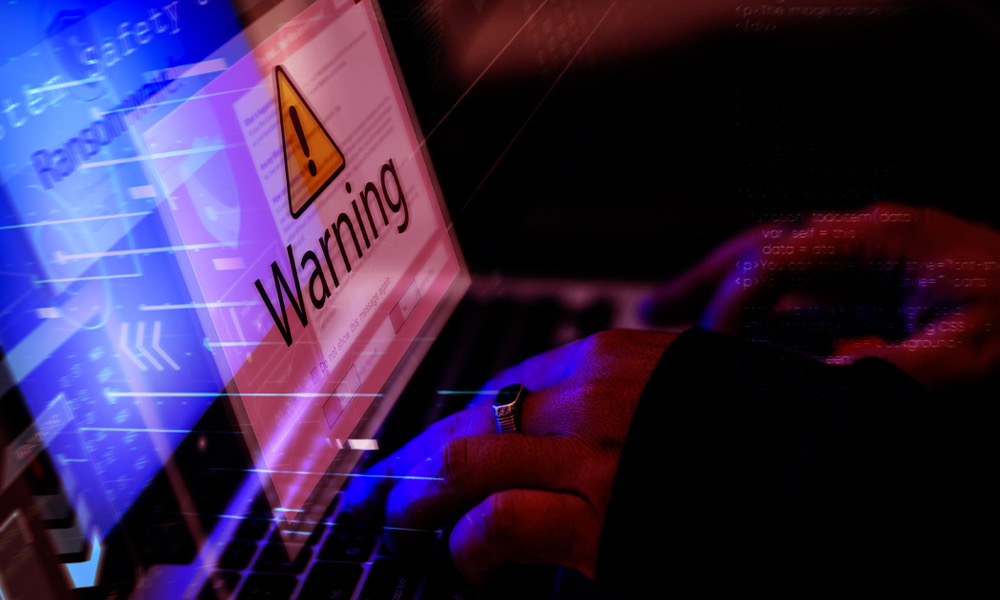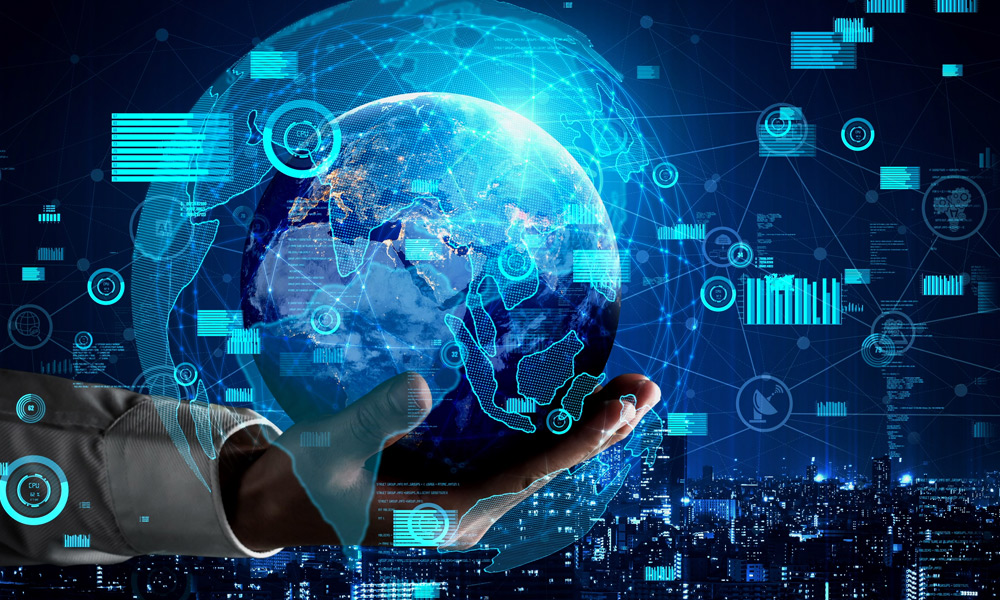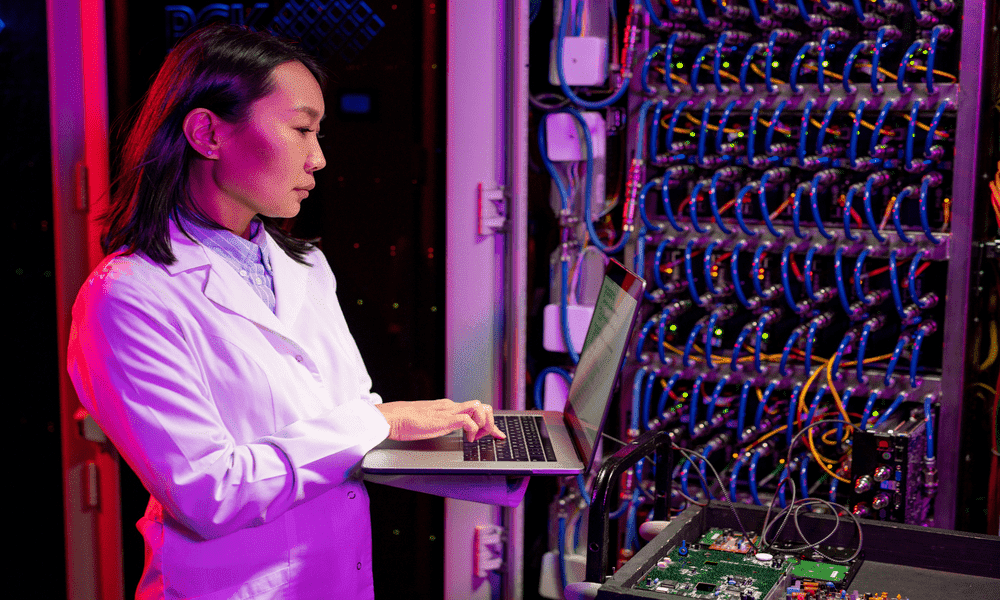5 Cybersecurity Threats Companies Should Prepare for In 2021

Since the COVID-19 outbreak, cyberattacks have been on the rise, and new cybersecurity risks have emerged due to the massive shifts in the way companies do business. The pandemic is likely to continue in 2021, and businesses will still rely on remote operations. What will the landscape of cybersecurity look like for businesses? What challenges will companies and data centers have to face? Below are five predictions on cyberattacks and data breaches which are potential to occur in 2021.
Attacks to Remote Workers
Since 2020, most employees have been using personal devices and home networks to work remotely. Home environments are not as secure as corporate networks as they may have unpatched systems and architecture weaknesses. Unfortunately, many companies are not prepared to support a remote workforce securely, and this creates loopholes in their security systems. Cybercriminals have been using these loopholes as a target for phishing, vishing, ransomware, and other attacks, and led organizations paying unexpected costs to handle cyber breaches and malware infections. If companies do not rethink their security approaches, cyberattacks will continue to exploit remote workers as the entry points into corporate IT ecosystems.
More Ransomware Attacks
Ransomware is very profitable, so it will only gain more “popularity”. In 2021, data centers may be facing a new kind of ransomware that attacks converged IT and Operations Technology (OT) networks. Any control systems and devices which are related to operations usually oversee critical processes, so replacing or powering them down for updates will cause severe interruption of services. This means that if they get hit by ransomware or other extortion-style attacks, data centers will not be able to recover as quickly as from traditional ransomware attacks.
Existing Security Architectures, Like VPNs, as The Weak Link
Although VPNs have been a solution to secure remote operations, they have also become significant liabilities as cybercriminals can exploit VPNs with ransomware. Any VPN setup and deployment is vulnerable to attack. This is why IT security teams around the world are in the process of implementing a zero-trust security model which can handle the challenges presented by a traditional network approach. With a zero-trust implementation, users only have access to the smallest set of permissions necessary to perform their work duties.
More Attacks to the Healthcare Sector
During the pandemic, healthcare has emerged as the most critical sector. Unfortunately, cybercriminals have been targeting hospitals and healthcare providers — particularly with ransomware attacks which can disrupt their ability to provide care to patients. In several known attacks, hackers disabled hospitals’ computer systems with ransomware and ultimately cost patients their lives. Knowing these fatal consequences and the fact that many healthcare providers may not have sufficient cybersecurity measures in place, attackers are in a position to extract sensitive information or get healthcare organizations to pay a ransom.
The Use of AI and 5G for Cybercrime
Today’s technology, including AI and 5G, has made people’s lives easier. Unfortunately, this also applies to cybercrime. AI has been widely used for malicious purposes such as impersonation, theft, malware creation, phishing, and corporate networks penetration. Moreover, AI also provides the ability to create attacks that cause greater impacts — fully automated and tailored for each victim. Meanwhile, 5G and the potential of IoT, will bring more devices online and push more convergence of IT and OT environments. This means any successful attack to one access point can have a massive domino effect.
These five predictions may be treated as warnings, so companies and data centers can prepare for any efforts of cyberattacks and data breaches in 2021. When it comes to cyber security, the bare minimum is not enough, and organizations should not be caught unprepared. It is essential to implement layered security measures combined with the right kind of technologies to ensure data safety.

















